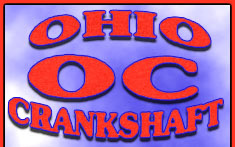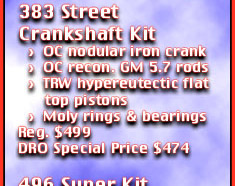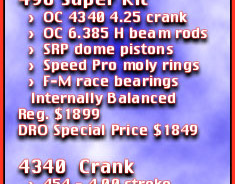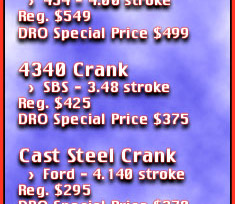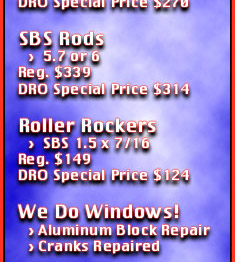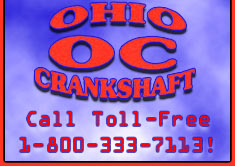|
|
 |
|
||||
|
|
InnerView:Dick MaxwellDodge Celebrates Drag Racing Heritage
|
|
||||
|
In 1961 Dick Maxwell and the Ramchargers set out to change Dodge's image on the street. The sport of drag racing has never been the same since. Dodge's dominance of Pro Stock and Super Stock competition back in the late 1960s and early 1970s was due mainly to a group of Dodge engineers known as the "Ramchargers". Starting in 1961, these 20 mechanical and mathematical wizards were tasked with putting some muscle into Dodge's production vehicles. One of the stars of that operation was Maxwell, who was instrumental in helping drivers like Dick Landy and Ronnie Sox, of Sox & Martin fame, become legends within NHRA lore. A recent interview with Maxwell uncovered what the NHRA was like back in the early days of the sport. Q: Could you describe Dodge's factory involvement during the early days of the NHRA? DM: The factory drag racing programs really started at Dodge and Chrysler in 1961, when the Ramchargers developed an engine to run in Frank Wiley's new car. The thing that really pushed corporate involvement though, was the emphasis that was being put on it (drag racing) by the competition -- primarily Pontiac. So we (Dodge) did the first package cars in late 1961 and 1962. From the factory standpoint, we had a lot of people out there racing for us. Realistically, we had a little bit of an edge most of the time because
we were developing a lot of the stuff that was being run in the cars.
Sometimes that was good news and sometimes it wasn't because we had
stuff in our cars that other people couldn't get. But it didn't always
work. We had a different sponsorship program in the mid 1960s, as we
ran two sponsored Super Stock cars in each sales zone. We had somewhere
between 44 and 50 cars under parts contracts around the country. We also had our professional teams that received the most factory support.
And those were the Ramchargers with drivers Dick Landy, (Ronnie) Sox
and (Buddy) Martin. It made a tremendous impact as far as getting Dodge
and Plymouth out there in front of the drag racing crowd. Quite frankly,
neither one of those divisions had any headway on the street within
the younger markets. Of course, the corporation followed up with packages
like the Road Runner, 426 Street Wedge and the 440 Six Barrels and that
kind of stuff. The company followed right along on the bandwagon and
backed up what they were doing on the race track by putting the right
kind of stuff in the show rooms.
|
||||||

Copyright 2000, Drag Racing Online and Racing Net Source |
||||||
